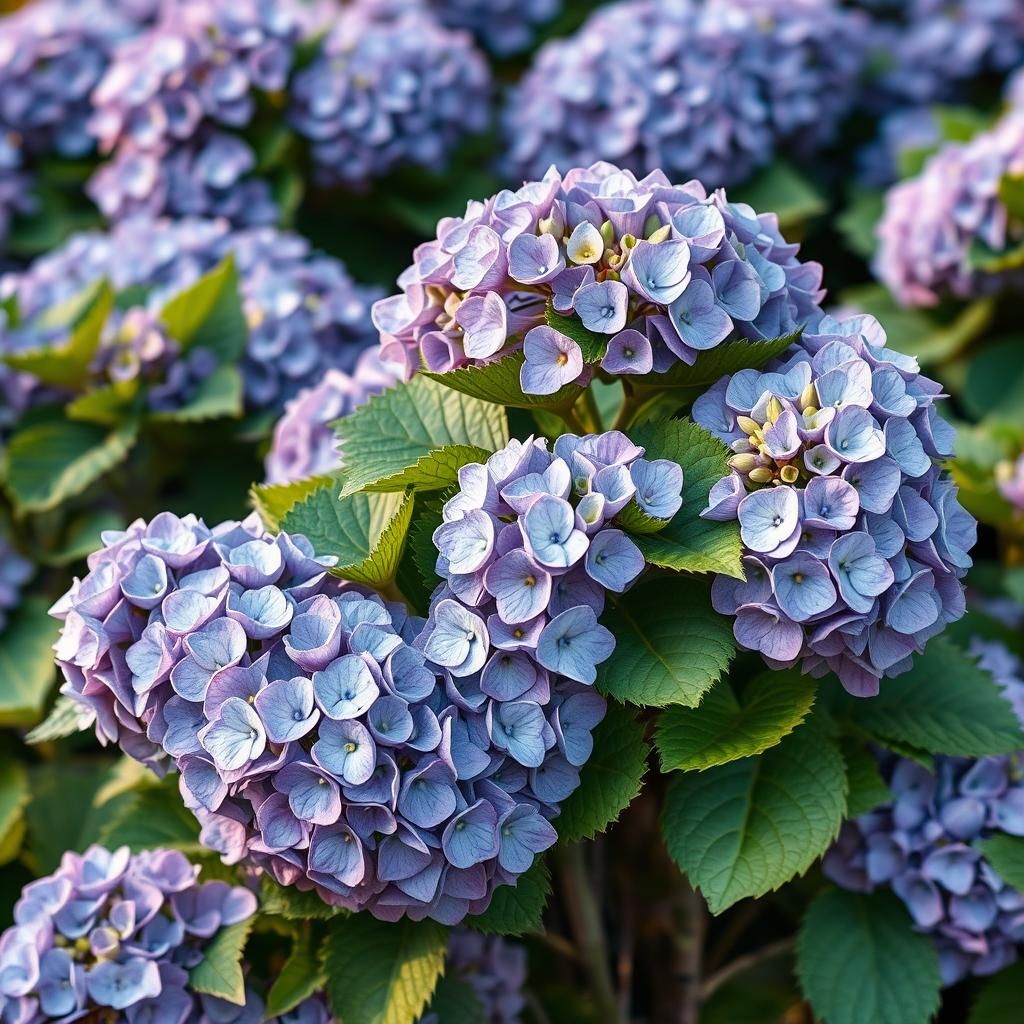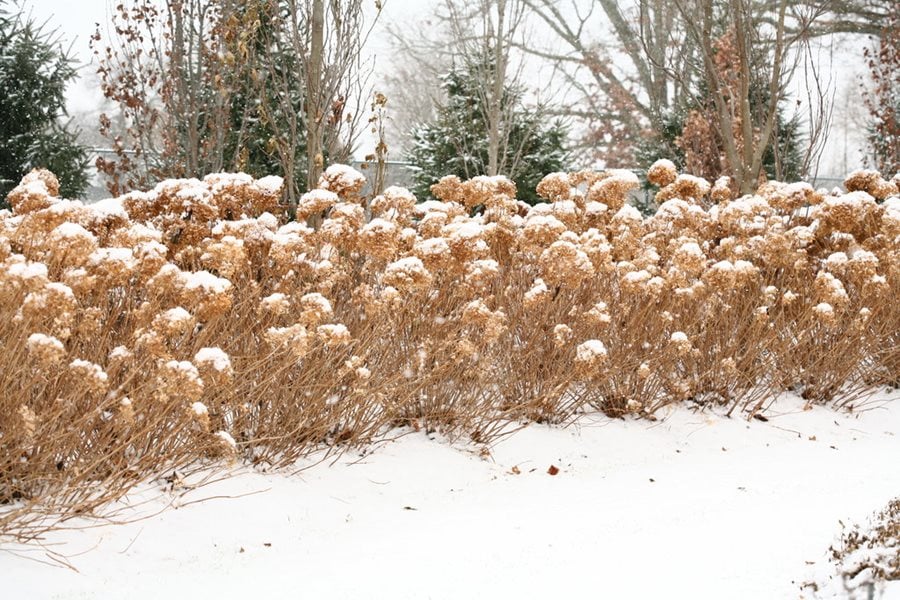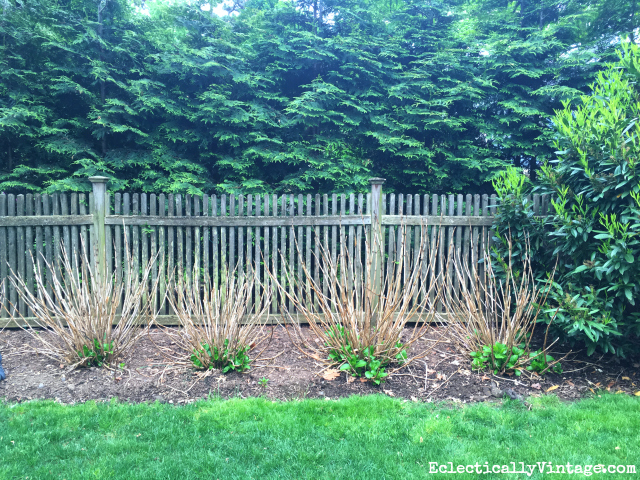Essential Care Tips for Hydrangeas in Winter Australia: Ensuring Blooming Success

As winter approaches in Australia, hydrangea enthusiasts face the challenge of protecting these beautiful blooms from the cold. Proper care during this season is essential for ensuring a vibrant display in the spring. With the right strategies, you can safeguard your hydrangeas from frost damage, manage their watering needs, and provide optimal mulching and pruning techniques. This article will explore essential care tips that will help you nurture your hydrangeas through the winter months, ensuring they emerge healthy and ready to thrive when the warmer weather returns. Embrace these practices to secure a successful blooming season ahead.
Hydrangeas in Winter: Caring for Your Plants in Australia
Caring for hydrangeas during the winter months in Australia requires attention to their specific needs, as they are sensitive to temperature fluctuations and moisture levels. Generally, the winter season brings cooler temperatures, which can lead to dormancy in these beautiful flowering shrubs. To ensure they thrive, it is important to minimize stress by protecting them from harsh winds and providing adequate drainage to prevent waterlogging, which can cause root rot. Applying a thick layer of mulch around the base of the plants can help insulate their roots against the cold while also retaining moisture. Furthermore, avoiding heavy pruning during this time is crucial, as it can inhibit flower production in the following spring.
Understanding Hydrangea Dormancy
During winter, hydrangeas enter a state known as dormancy, where their growth significantly slows down. This is a natural response to the cooler temperatures and reduced sunlight. Although they may appear lifeless, it is essential to recognize that the plant is conserving energy for the growing season ahead. Maintaining a proper watering schedule, even in dormancy, ensures that the plant retains enough moisture to survive until the warmth of spring encourages new growth.
Protecting Hydrangeas from Frost
Frost can pose a significant threat to hydrangeas during winter in Australia, particularly in regions that experience particularly cold nights. To protect them, consider covering the plants with horticultural fleece or burlap on especially chilly evenings. Additionally, placing windbreaks around the garden can help safeguard against freezing winds. It is crucial to remove these coverings during the day to allow proper sunlight exposure, which helps the plants to stay healthy.
Watering Needs in Winter
While hydrangeas require less water during their dormant phase, ensuring they are well-hydrated before winter sets in is vital. The soil should be kept mildly moist, as dehydration can stress the plants and affect their ability to produce blossoms in spring. A good practice is to check the top inch of soil; if it feels dry, a light watering can help maintain adequate moisture levels without oversaturating the roots.
Using Mulch for Insulation
A layer of mulch around hydrangeas serves multiple purposes: it insulates the roots from the cold, retains soil moisture, and suppresses weed growth. An application of organic mulch made from bark, straw, or wood chips not only helps maintain a stable root temperature but also gradually enriches the soil as it decomposes. Ideally, a mulch layer of about 5 to 10 cm is recommended to provide sufficient insulation.
Signs of Stress and How to Address It
During winter, hydrangeas may exhibit signs of stress such as wilting leaves, discoloration, or stunted growth. If these symptoms appear, it might indicate either under or over-watering. Regularly monitor soil moisture levels and adjust your watering practices accordingly. Moreover, ensure that the plants are adequately protected from harsh weather conditions. If necessary, consider consulting a local horticulturist for tailored advice specific to your region.
| Aspect | Details |
|---|---|
| Dormancy | Hydrangeas slow down growth and conserve energy. |
| Frost Protection | Use coverings and windbreaks to shield against frost. |
| Watering | Maintain mildly moist soil without overwatering. |
| Mulch Importance | Provides insulation and moisture retention. |
| Signs of Stress | Monitor for wilting leaves and discoloration. |
Can I leave a hydrangea outside in winter?


Leaving a hydrangea outside during winter largely depends on the specific type of hydrangea and the climate conditions in your area. Most hydrangeas can withstand cold temperatures, but there are certain precautions you should consider to ensure their survival through winter.
Understanding Hydrangea Types
Different varieties of hydrangeas have different cold hardiness and requirements. Some common types include:
- Hydrangea macrophylla (Bigleaf Hydrangea): Often less cold hardy, typically needs protection in colder climates.
- Hydrangea paniculata (Panicle Hydrangea): More tolerant of cold and can survive harsher winter conditions.
- Hydrangea arborescens (Smooth Hydrangea): Generally hardy and suitable for cold-weather regions.
Climate Considerations
The region where you live plays a significant role in deciding whether you can leave your hydrangea outside:
- Hardiness Zones: Check your USDA hardiness zone; some hydrangeas thrive in zones 3-9.
- Temperature Extremes: If winter temperatures frequently drop below 20°F (-6°C), protection may be necessary.
- Microclimates: Consider sheltered spots near walls or under trees that can buffer cold winds.
Protecting Hydrangeas in Winter
If you decide to leave your hydrangea outside, consider these protective measures:
- Mulching: Apply a thick layer of mulch around the base to insulate the roots and retain moisture.
- Wrapping: Wrap the plant in burlap or use plant jackets to shield against harsh winds.
- Watering: Ensure the plant is well-watered before winter; this helps prevent desiccation.
Signs of Winter Damage
Be vigilant for signs that your hydrangea has suffered from winter damage:
- Browning Leaves: Leaves turning brown or wilting may indicate cold stress.
- Broken Stems: Examine stems for breaks or splits caused by heavy snow or ice.
- Leaf Drop: Early leaf drop can suggest that the plant is under distress from cold temperatures.
Post-Winter Care for Hydrangeas
After winter, it's important to assess the health of your hydrangea and provide appropriate care:
- Pruning: Remove any dead or damaged wood to encourage new growth.
- Fertilizing: Apply a balanced fertilizer to promote healthy foliage and blooms.
- Monitoring Growth: Keep an eye on new buds emerging in spring to gauge recovery.
Do hydrangeas lose their leaves in winter in Australia?

Yes, hydrangeas do lose their leaves in winter in Australia, particularly the deciduous varieties. These types of hydrangeas, such as Hydrangea macrophylla and Hydrangea paniculata, undergo a period of dormancy during the colder months. In this state, the plants conserve energy and resources, shedding their leaves as a natural response to the changing weather conditions.
See also:
Types of Hydrangeas in Australia
Hydrangeas vary in their characteristics and care requirements. The most common types found in Australia include:
- Hydrangea macrophylla - Also known as bigleaf hydrangea, it is prized for its large blooms and is deciduous.
- Hydrangea paniculata - Known as panicle hydrangea, this variety blooms on new wood and also loses its leaves in winter.
- Hydrangea quercifolia - The oakleaf hydrangea, which has distinctive foliage, may also lose its leaves during the cold months.
Climate Impact on Leaf Loss
The climate in which hydrangeas are grown significantly affects their dormancy and leaf loss. In Australia, the climate can vary widely, impacting how and when hydrangeas shed their leaves:
- Temperate Regions - In these areas, hydrangeas typically lose their leaves in winter, aligning with traditional deciduous behavior.
- Tropical Regions - In warmer climates, hydrangeas may not experience a complete leaf loss but may still reduce leaf quantity.
- Frost Exposure - Areas that experience frost can accelerate leaf drop and induce earlier dormancy in hydrangeas.
Care for Hydrangeas During Winter
Proper care during the winter months is essential for the health of hydrangeas. Here are some tips for maintaining hydrangeas during this season:
- Mulching - Apply a layer of mulch around the base to insulate the roots and retain moisture.
- Pruning - Prune as necessary before the onset of dormancy to promote healthy blooms in spring.
- Watering - Ensure adequate watering before the ground freezes, but reduce frequency as the plant goes dormant.
Signs of Dormancy in Hydrangeas
Understanding the signs of dormancy can help gardeners prepare their hydrangeas appropriately:
- Color Change - Leaves may change color and become dull before falling off.
- Leaf Drop - As temperatures drop, a noticeable drop in leaves occurs.
- Stem Changes - Stems may appear more woody, and overall growth slows significantly.
Importance of Leaf Loss for Hydrangeas
The process of leaf loss is vital for the ongoing health of hydrangeas. Here are some reasons why it occurs:
- Energy Conservation - Shedding leaves helps the plant conserve energy during periods of cold.
- Protection - Reduced foliage minimizes the risk of frost damage to the plant tissues.
- Focus on Root Health - Energy redirected to roots supports growth and blooming in the following season.
Questions from Our Readers
How do hydrangeas survive winter in Australia?
During winter in Australia, hydrangeas enter a state of dormancy to withstand the cooler temperatures. This process helps the plant conserve energy and resources until the warmer spring months return. In regions with milder winters, some varieties may retain their leaves, while others lose them, allowing the plant to survive the cold.
What care do hydrangeas need during the winter months in Australia?
To ensure the health of hydrangeas during winter, it's essential to provide adequate protection from frost and heavy winds. Mulching around the base of the plants can help regulate soil temperature and retain moisture. Additionally, it's advisable to avoid heavy pruning during this season to prevent damage to the plant's structure.
Can hydrangeas bloom in the winter in Australia?
Typically, hydrangeas do not bloom during winter in Australia, as they are in a dormant phase. However, in some warmer regions, certain varieties may produce a few flowers if the conditions are mild enough, but this is uncommon. The main blooming occurs in spring and summer when temperatures rise.
See also: Ultimate Guide to Caring for an Syzygium Smithii: Tips and Best Practices
Ultimate Guide to Caring for an Syzygium Smithii: Tips and Best PracticesShould hydrangeas be watered in winter in Australia?
Yes, hydrangeas should receive minimal watering during winter, as they require less moisture in their dormant state. However, if there is an extended dry spell, some watering may be necessary to prevent the roots from drying out. It's important to ensure that the soil remains well-drained to avoid root rot.

If you want to read more articles like Essential Care Tips for Hydrangeas in Winter Australia: Ensuring Blooming Success, we recommend you check out our Shrubs category.
Leave a Reply
Related Articles